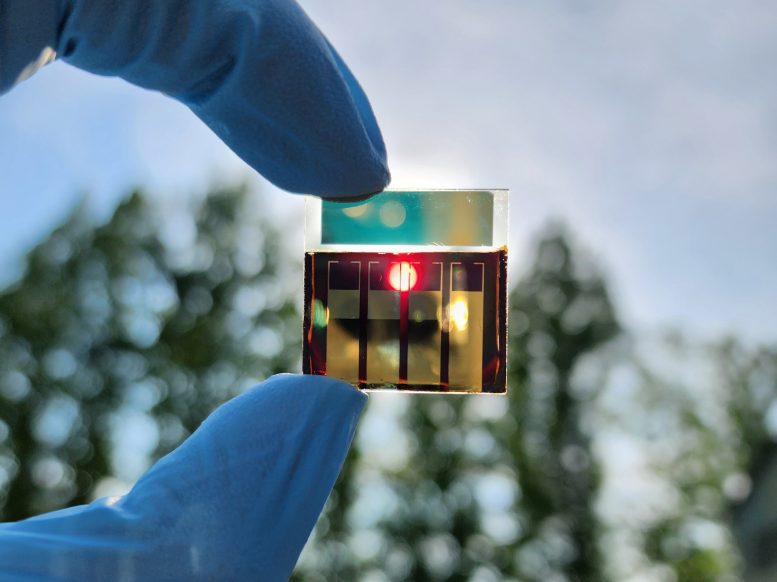Breaking Boundaries: Korean Scientists Reach 21.68% Efficiency in Transparent Solar Cells

The Korea Institute of Energy Research has made significant strides in the improvement of semi-transparent perovskite solar cell technology. These developments include a world-leading efficiency of 21.68% and exceptional durability, which could prove pivotal for the application of solar cells in windows and tandem configurations. Increased development in this field is crucial for meeting the goal of carbon neutrality by 2050. Improvements to both stability and efficiency have made a large contribution to solar energy technology.
The Photovoltaics Research Department of the Korea Institute of Energy Research, in conjunction with the KIER Energy AI and Computational Science Lab, has made substantial progress in increasing semi-transparent perovskite solar cells' durability and efficiency. These cells show potential for use in building windows and for creating tandem solar cells.
The record-breaking efficiency of 21.68% achieved by these semi-transparent solar cells makes them the most efficient perovskite solar cells using transparent electrodes worldwide. They also exhibited incredible durability, retaining over 99% of their starting efficiency even after 240 hours of operation.
The key to achieving carbon neutrality by 2050 relies in part on 'ultra-high efficiency' and 'diversifying application areas' of next-generation solar cells. This includes overcoming limitations in installation spaces and national land areas. The technologies required include efficient, multi-purpose tandem solar cells and solar cells for use in windows. High efficiency and stability are required from semi-transparent perovskite solar cells for these applications.
The use of transparent electrodes that permit light to pass through is necessary for the creation of semi-transparent perovskite solar cells. These replace the metal electrodes used in traditional opaque solar cells. However, during this process, high-energy particles are produced, damaging the performance of the hole transport layer.
Implementing a metal oxide layer as a buffer between the hole transport layer and the transparent electrode prevents damage. However, this results in reduced charge-transporting properties and stability in comparison to opaque solar cells made under the same conditions. The causes and solutions of these issues are to date unclarified.
Through the use of electro-optical analysis and computational science at an atomic level, the research team identified the causes of the reduced charge transporting properties and stability that occur during the creation of semi-transparent perovskite solar cells. They found that lithium ions, added to increase electrical conductivity, diffuse into the metal oxide layer that acts as a buffer, changing its electronic structure and subsequently degrading its characteristics.
By optimizing the oxidation time of the hole transport layer, the research team was able to solve the problem. Lithium ions can be converted into stable lithium oxide through optimized oxidation, preventing diffusion and increasing device stability. This finding reveals the essential role of lithium oxide, previously seen as a simple reaction byproduct, in enhancing efficiency and stability.
The research resulted in semi-transparent perovskite solar cells with a remarkable 21.68% efficiency, the highest recorded for any transparent electrode perovskite solar cell. Additionally, these cells retained over 99% of their initial efficiency for 400 hours in dark storage and for over 240 hours in continuously lit operational conditions, displaying impressive efficiency and stability.
The research team pushed further, applying the solar cells as the top cell of tandem solar cells, creating the first bifacial tandem solar cells. These cells utilize light reflected from both the rear and front surfaces. The tandem solar cells, created in collaboration with Jusung Engineering Co., Ltd. and the German Jülich Research Center, achieved bifacial equivalent efficiencies of 31.5% for four-terminal and 26.4% for two-terminal configurations under conditions where the reflected light from the rear was 20% of standard sunlight.
Dr. Ahn SeJin of the Photovoltaics Research Department, the leader of the research, stated, “This study represents a significant advance in the field by examining the degradation process occurring at the interface of an organic compound and metal oxide buffer layer which is unique to semi-transparent perovskite solar cells,” and added, “Our solution is readily implementable, demonstrating great potential for the future use of the technologies we have developed.”




